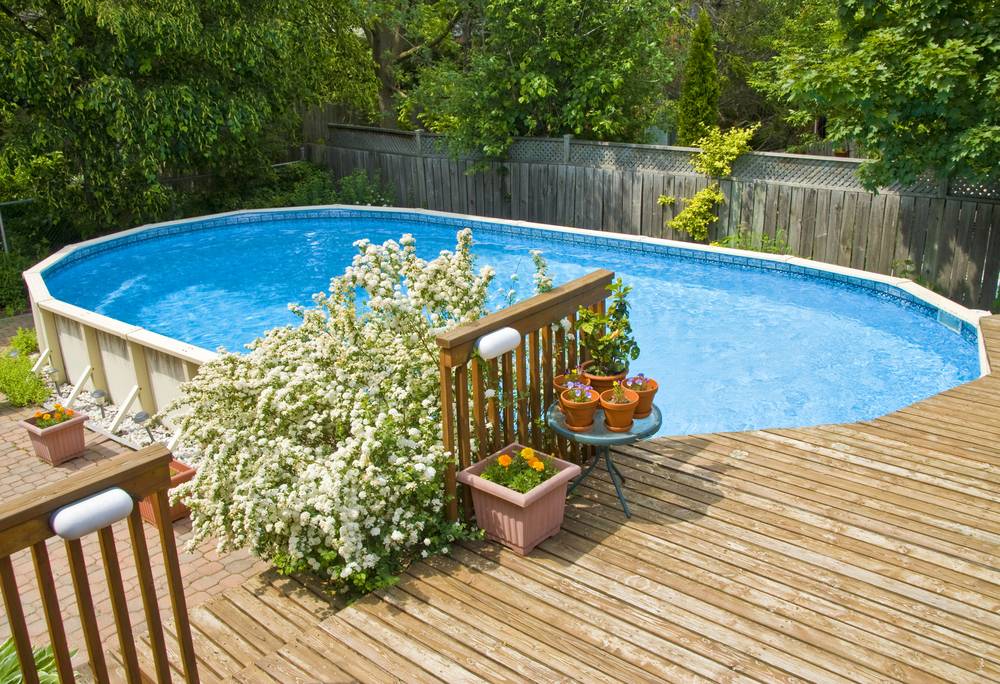I deal with extreme heat where I live and also get direct sun light on my pool in the late afternoon when it's most intense and I have had experiences with going through a lot of chlorine, struggling to keep chlorine in the pool along with re-occuring algae blooms. One thing I have learned is just how important it is to keep the PH level low enough in order to maximize the santiziing efficiency of the chlorine.. If you have high PH say 8 ppm like I did, the chlorines "effectiveness" will be demishish to approx 25% of it's original stated potency. So say the brand of Chlorine you are using has a potency rating of 12%, it would be more like adding 3% instead due to high PH. So even though you think you added the correct amount of chlorine to obtain the correct PPM FC, your chlorine just isn't performing to that level and you have to add more and more chlorine to make up for it
So now when I am testing my focus is first and formost on my PH level keeping it balanced between 7.2-7.4 ppm (adjusting my TA as needed to stablize it) to maximize the chlorines effectiveness to sanitize killling bacteria and algae. I also add an algicide as part of a preventative maintenance treatment once a week too, along with alternating non chlorine shock with Chlorine shock treatments too. The non Chlorine shock (oxidizer/clearifier) is not a sanitizer, it performs oxidization of organic matter like sweat, urine, leaves, dirt, "dead algae too" etc. that algae feeds on, which takes the load off my regular chlorine so it can focus on killing bacteria and alage. Another side benefit is it can help lowering PH too, which for me is very helpful in controling my high PH levels using less acid too. Yes, non chlorine shock/oxidizer has sulfates true, but is really harmless unless you get extremely high levels of it much like Calcium (TDS) which is resolved when you do occassional drain and refills. This approach has worked wonders for me so far. If you do get a algae breakout, then the SLAM method can help you deal with that, but again the same thing still holds true, important to get the PH level down before you start that program.
Note: Unstablized Chlorine already has a high PH of 13 ppm by itself; it is suppose to adjust down I understand due to chemical changes that take place once added to the pool Salt systems are also synonymous with producing high PH levels too.
So now when I am testing my focus is first and formost on my PH level keeping it balanced between 7.2-7.4 ppm (adjusting my TA as needed to stablize it) to maximize the chlorines effectiveness to sanitize killling bacteria and algae. I also add an algicide as part of a preventative maintenance treatment once a week too, along with alternating non chlorine shock with Chlorine shock treatments too. The non Chlorine shock (oxidizer/clearifier) is not a sanitizer, it performs oxidization of organic matter like sweat, urine, leaves, dirt, "dead algae too" etc. that algae feeds on, which takes the load off my regular chlorine so it can focus on killing bacteria and alage. Another side benefit is it can help lowering PH too, which for me is very helpful in controling my high PH levels using less acid too. Yes, non chlorine shock/oxidizer has sulfates true, but is really harmless unless you get extremely high levels of it much like Calcium (TDS) which is resolved when you do occassional drain and refills. This approach has worked wonders for me so far. If you do get a algae breakout, then the SLAM method can help you deal with that, but again the same thing still holds true, important to get the PH level down before you start that program.
Note: Unstablized Chlorine already has a high PH of 13 ppm by itself; it is suppose to adjust down I understand due to chemical changes that take place once added to the pool Salt systems are also synonymous with producing high PH levels too.
Last edited:



